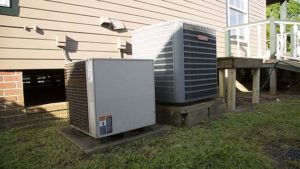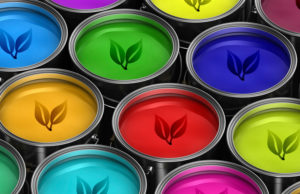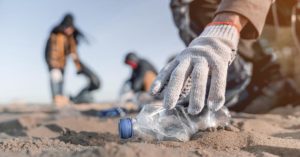Water conservation

Take shorter showers instead of long baths or showers to save water. Installing a water-efficient shower head can also save a family of four nearly 300 gallons per month. By increasing the pressure in the water, you sacrifice no water flow while saving money and water. If your faucet is dripping, fix it! A leaky faucet can waste up to 80 gallons of water per month simply by dripping every other second. You might also be interested in Water Conservation In The Garden.
Furthermore, keep in mind that hot water is a significant source of energy costs. When possible, use cold water.
Switch to Greener Products

When purchasing items for your home, look for natural materials. Look for zero-waste, environmentally friendly options. Bar soap in paper packaging, for example, is less wasteful than liquid soap in a plastic pump bottle. It also provides cost savings.
Save money to replace your appliances with environmentally friendly alternatives.

The EPA recommends replacing any appliance that is more than ten years old with models that have the Energy Star logo, which indicates that the appliance is energy-efficient. Energy Star-qualified appliances use up to 50% less energy than older models. Filling up any refrigerator will make it more efficient. With a full refrigerator, the appliance stays cooler and maintains its temperature. You can also save money by controlling the energy-sucking electronics in your home. When electronics are turned off, they consume nearly half of the energy they use. When not in use, unplug phone chargers, computers, toasters, blenders, and other electronics.
Maintain your heating and cooling systems.

Cooling and heating account for nearly half of a home’s energy consumption. Clean the air filters once a month to keep the unit running smoothly.
If your heating and cooling system is more than ten years old, consider replacing it to make your home more environmentally friendly. New units are 25% more energy efficient than older models.
You can also save money and energy by changing the temperature according to the season. Turning the thermostat up three degrees in the summer and down two degrees in the winter saves the world nearly a half tonne of CO2 emissions. A programmable thermostat is standard in most new homes.
Reduce your use of paper.

Reduce your use of paper products and, when necessary, use recycled paper. From paper towels to inkjet paper to greeting cards, you can find 100% recycled, unbleached paper products. Remove yourself from junk mail lists and, whenever possible, sign up for online and e-mail alternatives to magazines and other periodicals. Bring your own reusable fabric bags to the supermarket.
Make use of non-toxic paint.

Indoor air pollution from volatile organic compounds (VOCs) found in paints and wood finishes is one of the most serious threats to our health. When VOCs are released into the environment or the air, they can cause pollution and harm to both humans and wildlife. When purchasing paint for any purpose, look for eco-friendly, low-VOC, and zero-VOC paints.
Most importantly…recycle.

A quarter of Americans do not recycle, despite the fact that it is the simplest and most straightforward thing we can do for the environment. Instead of throwing away drink cans, take them to a recycling centre. Separate and recycle your plastic and paper waste from the rest of your garbage. Look for items made from recycled materials or packaged in them at the supermarket. You can re-use any plastic shopping bags you have lying around by lining smaller trash cans with them or taking them with you on walks to clean up after your pets.

